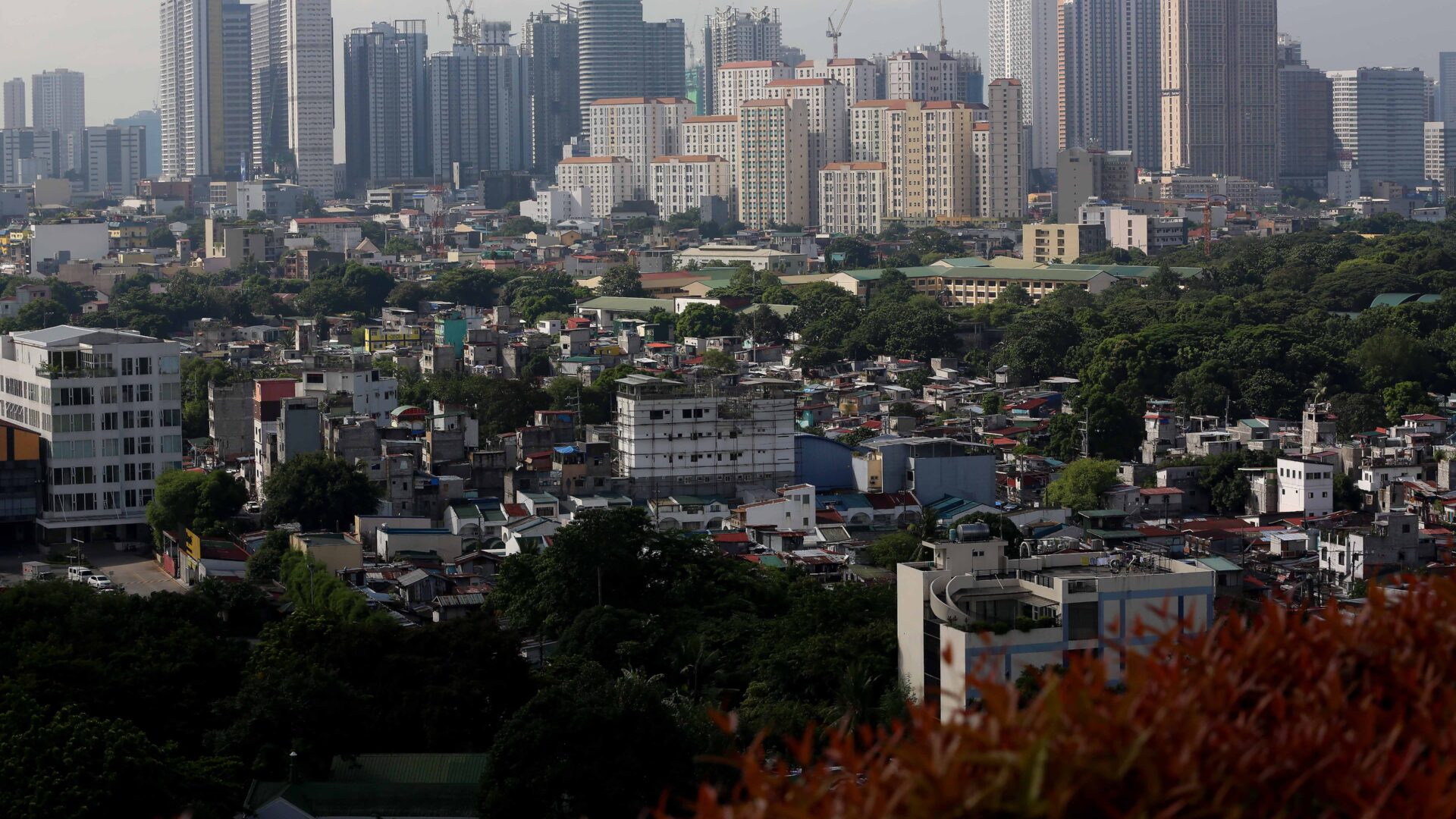Gross domestic product (GDP) grew by 7.4 percent in the second quarter, making the Philippines the second best-performing nation among emerging economies, National Economic and Development Authority (NEDA) chief Secretary Arsenio Balisacan said on Tuesday.
“The Philippine Statistics Authority (PSA) said that our economy sustained its expansion in the second quarter of 2022, with real GDP growth of 7.4 percent,” NEDA chief Secretary Arsenio Balisacan said in a press conference.
“This growth is slightly less than the median forecast of 7.5 percent; still, this figure places the country as the second best-performing nation among the region’s major emerging economies that have released their second quarter reports,” the secretary added.
Balisacan said the Philippines is next only to Vietnam’s 7.7 percent but ahead of Indonesia’s 5.4 percent and China’s 0.4 percent.
“This performance also remains in line with our expectations, or our expected 6.5 percent to 7.5 percent growth in 2022,” he said.
“All we need is 7.2-percent growth to achieve the 7.5 percent growth for the year’s second half.”
For the remainder of the year, Balisacan said the government must apply the same or even better risk management protocols and protect the most vulnerable against high inflation and other shocks and scarring because of Covid-19.
All sectors on the production side expanded in the last quarter, driven by the services and industry sectors at 9.1 percent and 6.3 percent, respectively. Transport, accommodation, food service, and other services have shown continued yet slow signs of recovery to their pre-pandemic levels.
Meanwhile, the agriculture sector remained weak at 0.2 percent growth due to its vulnerability to natural calamities and rising input costs.
PSA Undersecretary Dennis Mapa said: “The main contributors to the second quarter 2022 growth were: Wholesale and retail trade; repair of motor vehicles and motorcycles, 9.7 percent; construction, 19.0 percent; and transportation and storage, 27.1 percent.”
Major economic sectors, namely: Agriculture, forestry, fishing, Industry, and Services, all posted positive growths in the second quarter with 0.2 percent, 6.3 percent and 9.1 percent, respectively.
Meanwhile, the manufacturing output continued to grow in June as the average capacity utilization increased during the month, Mapa said.
“Increases were also seen in other manufacturing and repair and installation of machinery and equipment (5.7 percent); other non-metallic mineral products (5.5 percent); manufacture of furniture [4.8 percent]; and rubber and plastic products (0.7 percent),” Mapa said.
Finance Secretary Benjamin Diokno commented: “The economy experienced broad-based growth in second quarter 2022 with positive contributions from all three major sectors — agriculture, industry and services, despite the increase in international commodity prices. Private domestic demand also expanded with household consumption (8.6-percent growth rate) and gross capital formation (20.5-percent growth rate) providing robust support to the economy.”
The second quarter’s growth reflects the increase in mobility, better labor conditions, and the government’s support for development.
“For the first half, real GDP growth averaged 7.8 percent, above the 6.5 percent to 7.5 percent DBCC (Development Budget Coordination Committee) target for the year,” Diokno added.
The secretary also said that “while there might be some slowdown in growth in the second half of the year, reflecting the downgrade in the outlook for the global economy, we still expect that the DBCC growth target for 2022 will be achievable as we continue the ongoing infrastructure program, maintain macroeconomic stability.”
The Philippine economy has to expand by only 5.2 percent in the year’s second half to achieve the lower bound of the 6.5 percent growth target. But to reach the upper bound of 7.5 percent, the economy has to grow by 7.6 percent. Both targets are doable, Diokno added.
For his part, economist Ronilo Balbieran of the University of Asia and the Pacific said the GDP performance affirmed “that the strength of our economy lies in the many, young, and still growing population of our country that are now being permitted to get out of the house and resume with all the socialization activities that drive consumption, travel, tourism, recreation, public events that are now driving trade, transport, and logistics to support this behavior, and further, providing a stronger and longer-term horizon for construction and other investment spending items.”
For his part, Michael Enriquez, president and chief investment officer of Sun Life Investment Management and Trust Corp., said “the second quarter GDP growth came out to be strong, but still below consensus estimates of 8.4 percent. The higher oil and commodity prices weighed down on spending.”
